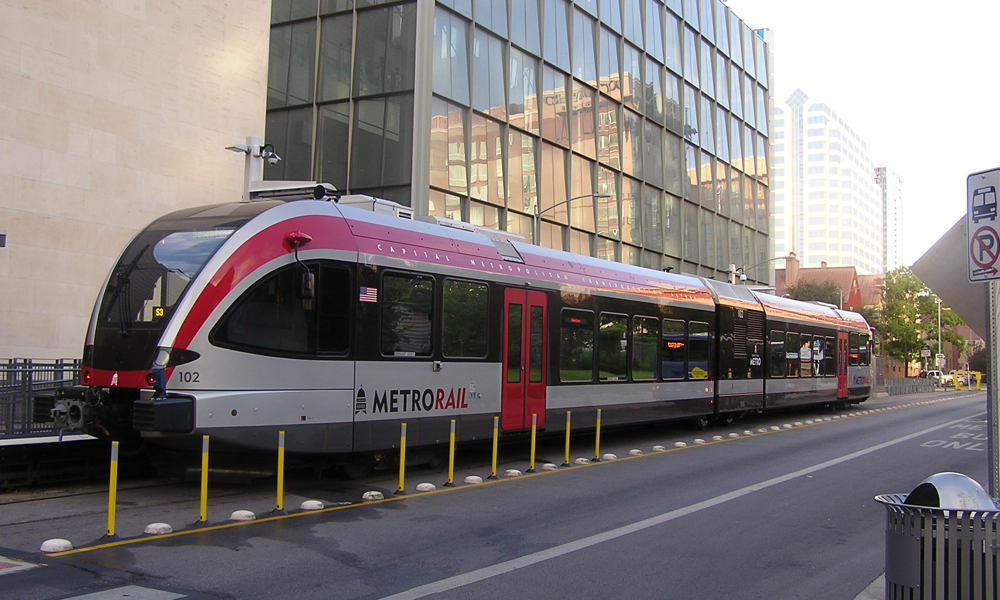jrud
Service Attendant
- Joined
- Feb 12, 2018
- Messages
- 162
FWIW. Class 801 is pure electric. 800 bi-modes have been around a while and are supposedly getting horsepower increases to match the 802s. There is some earlier discussion of these trains advantages and problems.https://en.wikipedia.org/wiki/British_Rail_Class_800New Bi-modal DMU-electric high speed trains have started non-revenue testing in England. The new Hitachi built British Class 802 trainsets can operate at 125mph using a Rolls-Royce engine and quickly change to electric power to operate at 140mph. These trainsets could offer single-seat service connecting the NEC to other places such as Richmonds, VA; Newport, VA; Springfield,MA; replace the Empire Service trainsets and other trains.
Here are some links to these brand new trainsets.
https://www.railmagazine.com/news/fleet/transpennine-express-class-802-starts-main-line-testing?image=27037
http://press.hitachirail-eu.com/pressreleases/first-of-nova-1-bullet-train-inspired-fleet-leaves-japan-on-its-way-to-transform-journeys-in-the-north-and-scotland-2483541
The 801 bi mode similar to the 802 has been in service. It had some teething problems though. I agree with your premise of how Amtrak would use DMU/EMUs.

As another example of a modern locomotive hauled passenger train. It will be diesel at first and switch to electric when the infrastructure is in place. http://railcolornews.com/2018/07/17/de-awaiting-electrification-the-chemnitz-leipzig-passenger-trains-get-an-upgrade/





